New Delhi is the Capital of India and is well connected by air to most of the cities of the world. New Delhi because there is also an 'old-Delhi' which is a sort of a walled city which many heritage places & cultural stories. Delhi has ample amount of all types of hotels: low budget, mid range and high end. One tip is that the outstation tourists should beware from scammers as Delhi is notorious for scammers but a bit of research and some local guidance should keep you rest assured. Delhi has a metro (like an MRT) which connects a large territory of Delhi, plus there are cab operators like Uber & Ola.
Delhi as a city has a mix of everything: the local culture, cosmopolitan feel, expat population, huge shopping malls, lip smacking local cuisine, amazing shopping places, excellent museums.
I visited Delhi in the month of December as the winters have set in and the climate is cool. Summers in Delhi (around the months of April-June) can get very hot. You can explore Delhi on your own or can join a local tour group.
I travelled for three days & my itinerary is as follows:
Day 1:
Birla Mandir / Lakshminarayan Temple
This temple was built by the famous industrialist and philanthropist, Baldeo Das Birla and his son Jugal Kishore Birla of Birla family. Birla Mandir was inaugurated by Mahatma Gandhi in 1939. At that time, Mahatma Gandhi had kept a condition that the temple should allow people from all the castes. It is also known as the Lakshminarayan Temple and is a place of worship for the Hindus.
Jama Masjid & Chandni Chowk
The Jama Masjid is one of India's largest mosques and was the final architectural creation of Shah Jahan. Jama Masjid is part of the 'Old Delhi' - the walled city where the Mughals ruled once. Adjacent to it is the Chandni Chowk - famous for local food & shopping.
The Red Fort
The beautiful Red Fort was built by Shah Jahan in 1648 and served as the seat of Mughal power until 1857. This stunning structure, with its tall, red sandstone walls covers an area of more than two square kilometers, the entirety of which is crescent shaped and surrounded by a moat. The PM of India unfurls the flag at the Red Fort on the Independence Day i.e. 15th August every year and gives a speech - a tradition that has been followed since India gained independence.
Gandhi Smriti and the Mahatma Gandhi Memorial
You will find references to Mahatma Gandhi everywhere in Delhi. Gandhi Smriti is a museum housed in the property where he was assassinated in 1948. There is memorabilia, photos and his foot steps at the very same gardens where Gandhi once spent so much time (the place where the shooting occurred is marked by the Martyr's Column). Also of interest is the Raj Ghat. Raj Ghat is the last resting place of Mahatma Gandhi. The cremation of Mahatma Gandhi took place at the Raj Ghat on 31st January 1948, a day after his assassination.
Akshardham
Akshardham is a splendid Hindu temple and I feel it is the most stunning temple of the world with intricate and elaborate carvings with countless visitors.
Day 2:
Qutub Minar
Completed in the 12th century, the beautiful Qutub Minar-India's tallest minaret and now a UNESCO Word Heritage Site-attracts many international visitors eager to climb to the top for its breathtaking views of the surrounding area.
Gurudwara Bangla Sahib
Delhi's most important Sikh place of worship, the 18th-century Gurdwara Bangla Sahib is near Connaught Place and is well worth a visit.
Agrasen Ki Baoli
Agrasen or Ugrasen ki Baoli is one of most fascinating Tourist Places in Delhi. This haunted yet lovely stepwell that is 60 m long and about 15 m wide is famous for its brilliant architecture and appeal as well as Instagram worthy location.
Humayun's Tomb
Set in a lovely, large square garden, Humayun's Tomb is a lofty mausoleum constructed of white marble and red sandstone. It was designed as a prototype of the Taj Mahal in Agra and is an excellent example of Mughal architecture.
Khan Market
Khan Market is a popular shopping street among middle-class Indians and expats in central New Delhi. You'll find a variety of good-quality retail outlets here, ranging from high-end fashion to book stores, art galleries to up-market cafes, sportswear to pet shops.
Day 3:
Rajpath, Rashtrapati Bhavan and The Parliament of India
Rajpath, also known as the King's Way, is New Delhi's traditional ceremonial boulevard. Running from Rashtrapati Bhavan, the official presidential residence, past such important city landmarks as Vijay Chowk, India Gate and The Parliament of India. It comes alive each January 26th during the Republic Day Parade, when countless thousands gather to celebrate the anniversary of the country's independence.
India Gate
Looking a little like the famous Arc de Triomphe in Paris, the equally impressive India Gate is a magnificent stone arch built as a memorial to Indian soldiers killed in WWI. An eternal flame burns beneath the massive structure, and its walls are inscribed with the names of more than 90,000 soldiers who died in the conflict.
The Lotus Temple
The magnificent Bahai House of Worship, also known as the Lotus Temple due to its nine sides and stunning central dome, is an architectural masterpiece. Constructed of white concrete and marble, the entire structure looks as delicate as the flower it resembles.
Rajdhani Thali
This clean, no-frills restaurant, is known for its generous servings and exquisite Rajasthani and Gujarati Thalis (platters). If you want to fill up on good-quality, authentic food, without the pomp and circumstance, then Rajdhani Thali is the place for you.


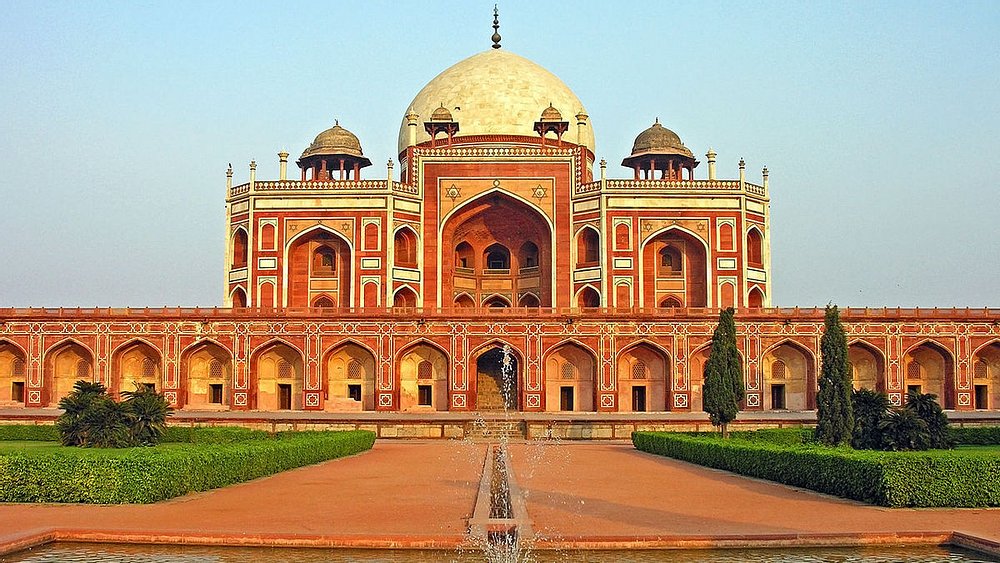
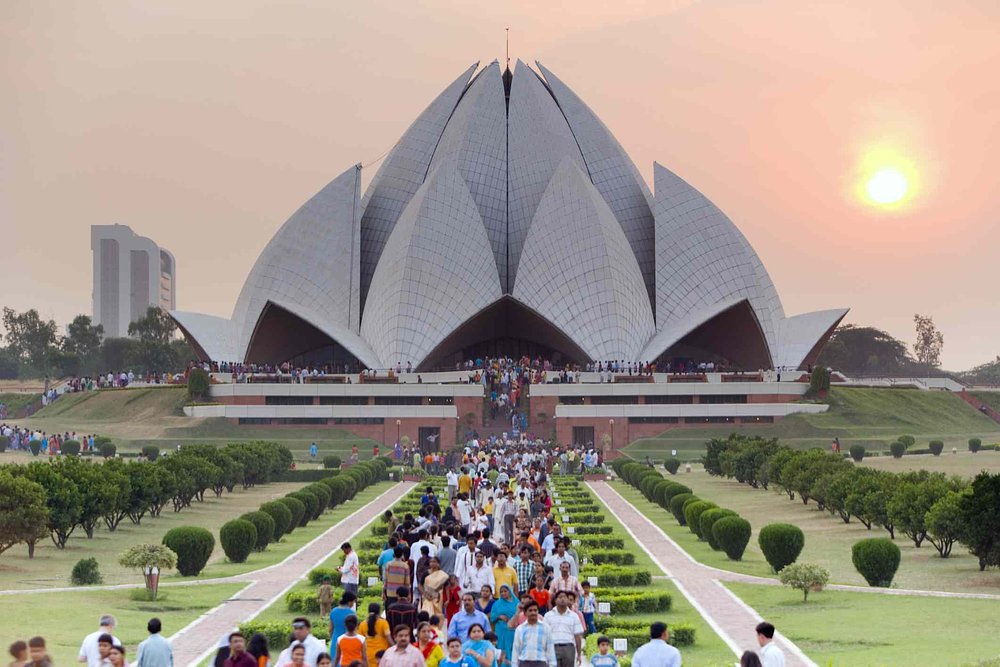
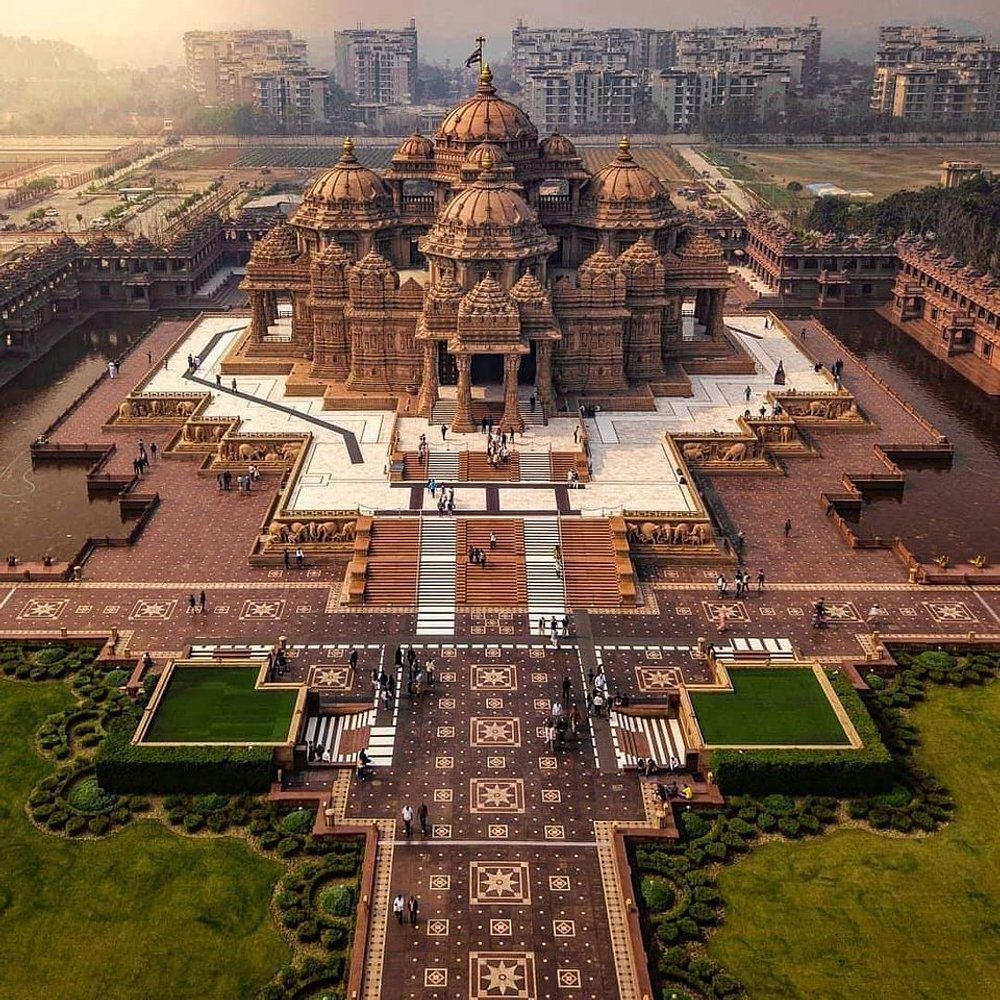
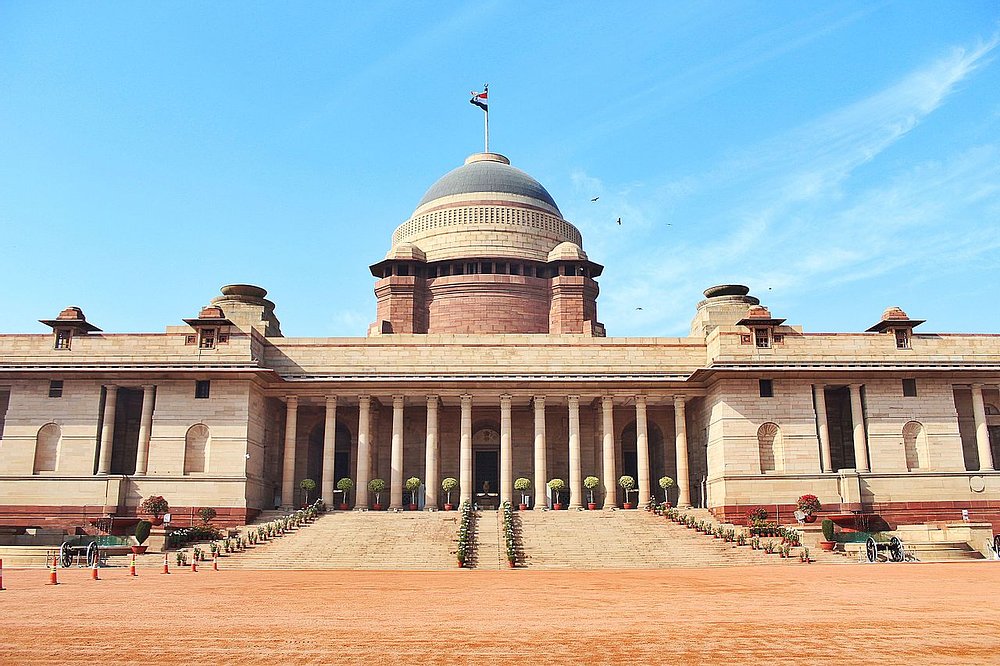
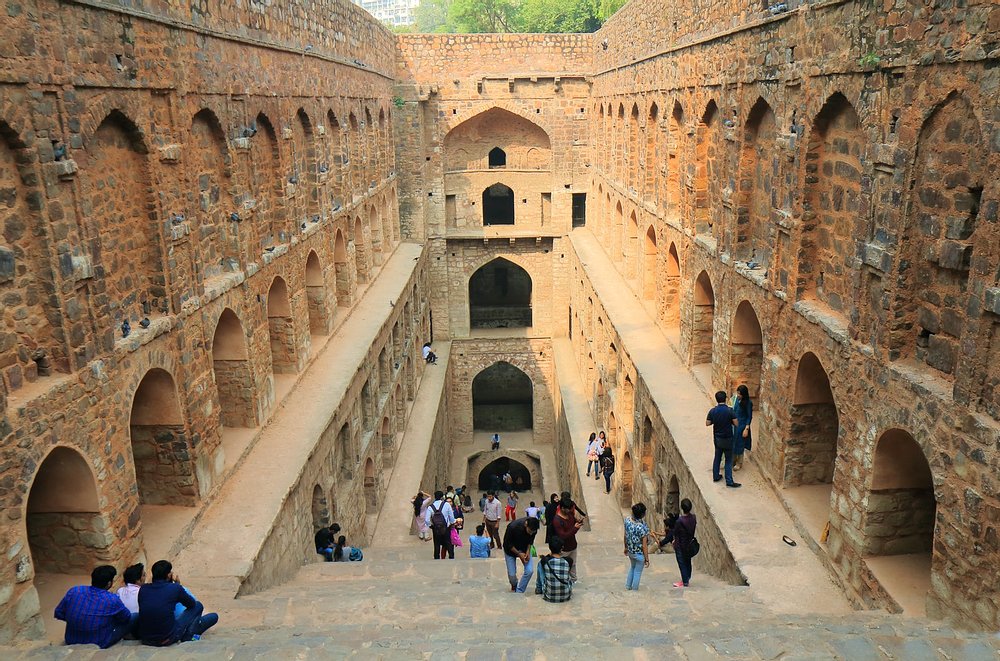
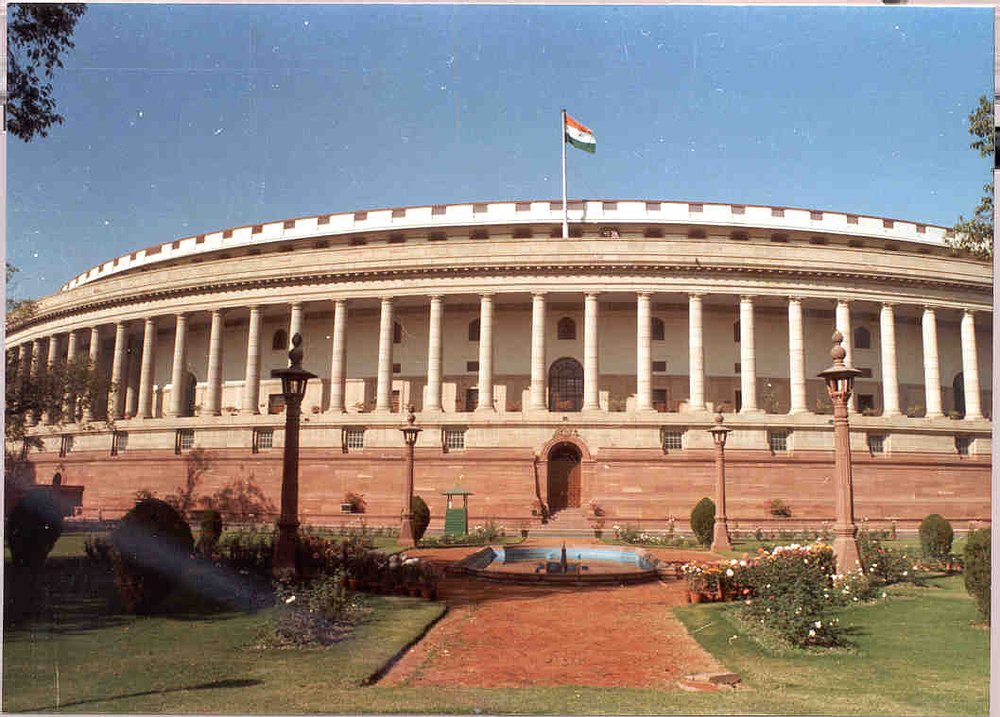
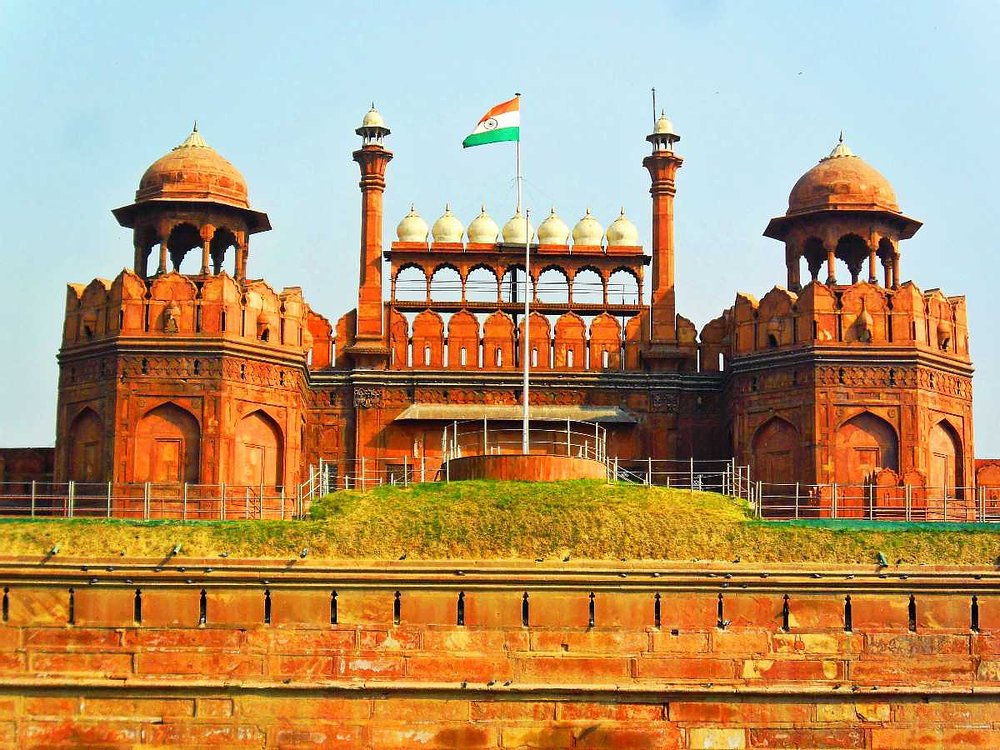
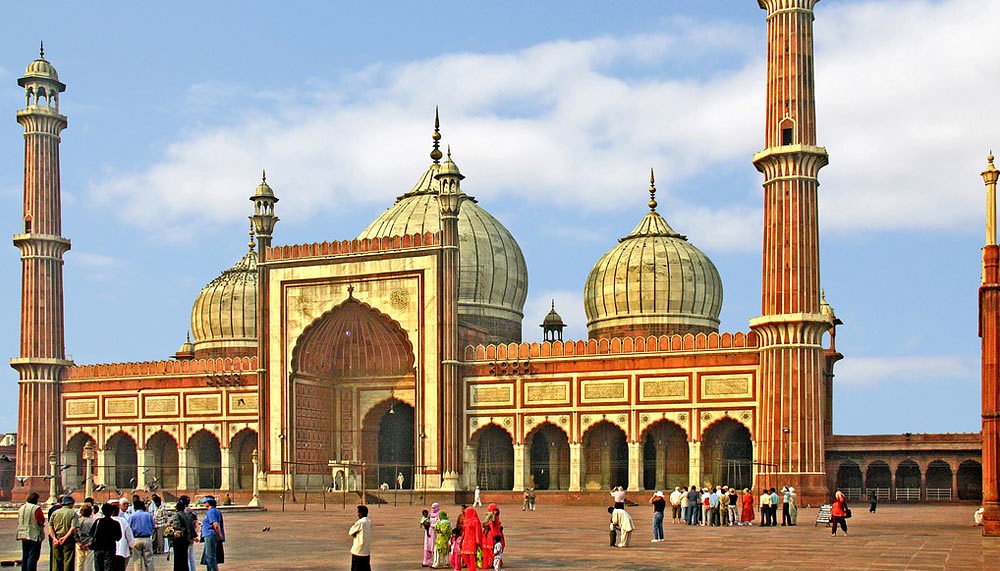
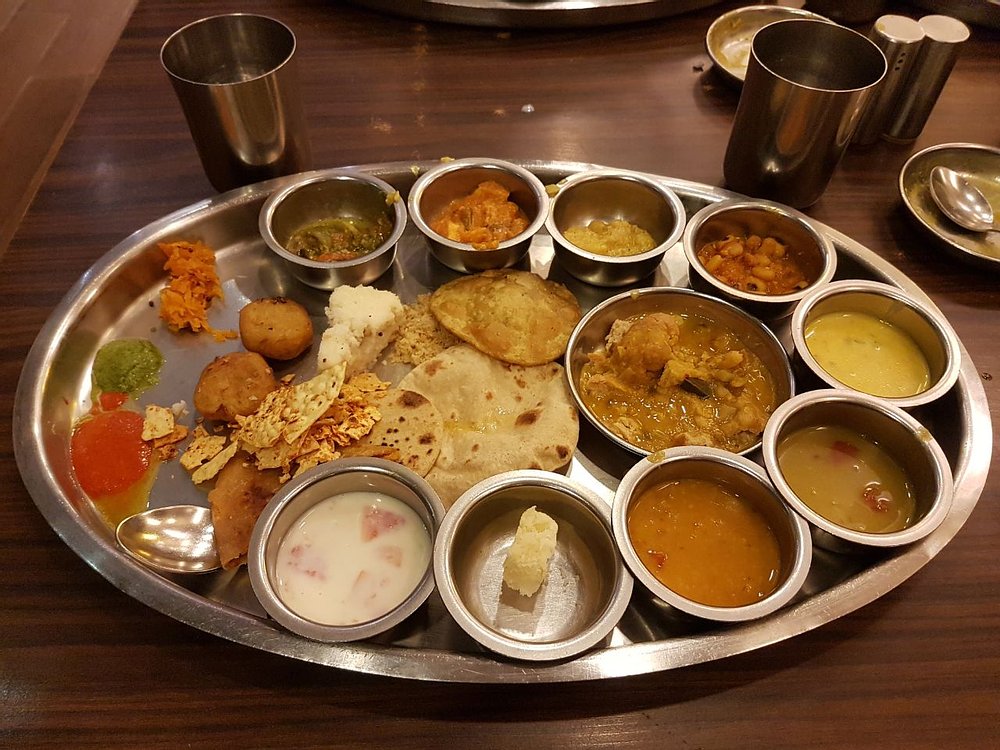
Share your thoughts
Please Sign In to leave a comment.
Please Sign In to leave a comment.